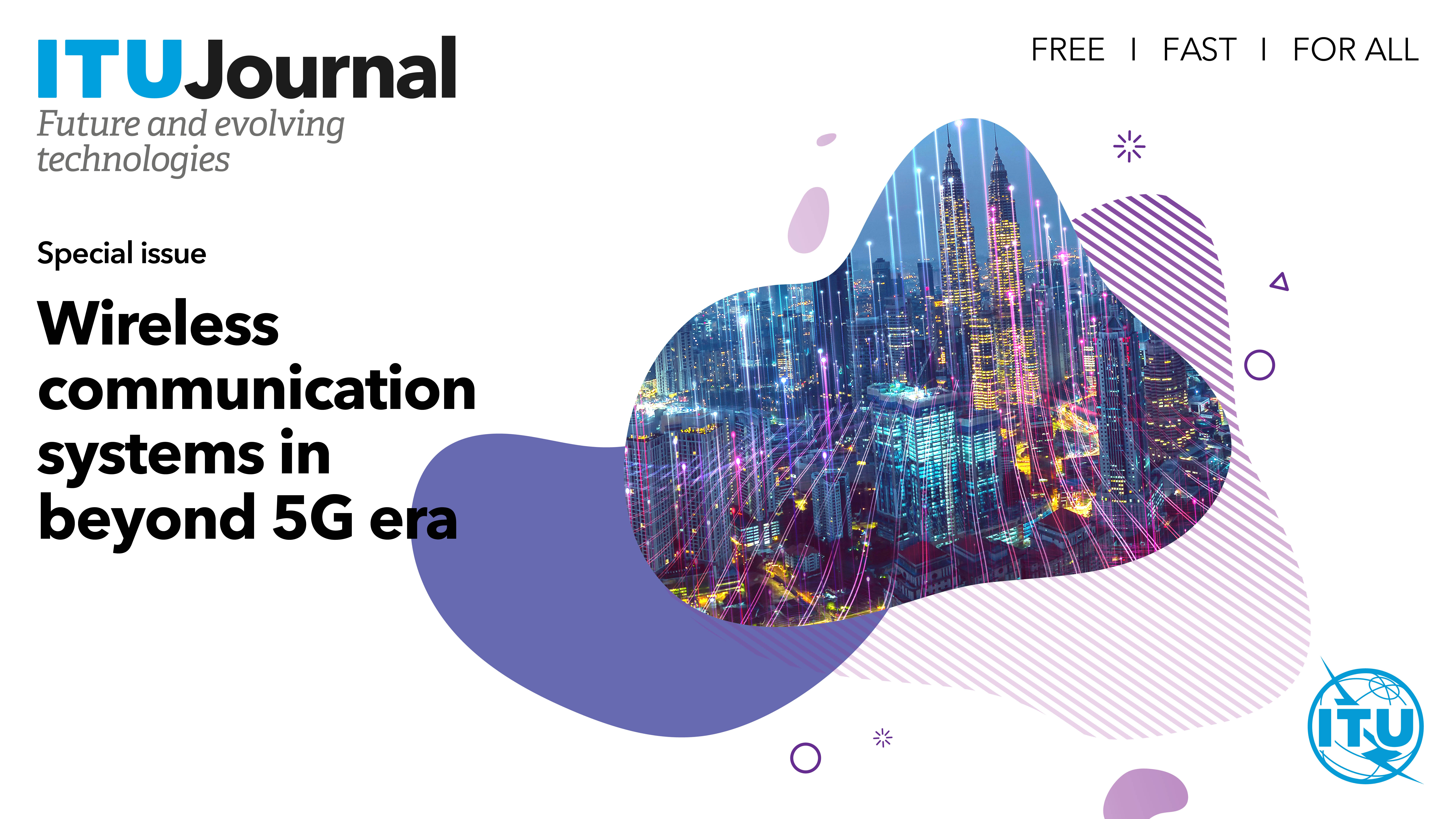
Theme
During the development and deployment of 5G mobile cellular systems, a number of new technological concepts, advances and paradigm shifts have emerged, altering the perspective of research community on how one should design wireless communication systems in the future. The proliferation of machine learning and artificial intelligence tools and technologies, while having limited effect on 5G, are already demonstrating their imminent future impact on the design of communication systems across the layers of the traditional communication protocol architecture. Most notably, these technologies further accelerate the trends of cognition and self-organization, ranging from the device spectrum access level, across algorithms governing physical and medium access layer operation, all the way to the level of network organization and resource allocation.
In addition, advent of new materials, combined with their controllability and programmability, transforms the propagation environment from a passive entity into an active communication system ingredient, especially in the domain of high-frequency (e.g., THz-domain) wireless communications based on directed and pencil-beam signal propagation. In another development, the ever-increasing densification of cellular infrastructure is gradually escaping the Earth surface and we are witnessing introduction of the third, aerial dimension where dense deployments will firstly emerge at a very low-height level using Unmanned Aerial Vehicles (UAVs), such as drones, and Low-Earth Orbit (LEO)-level using micro-satellite constellations, creating novel challenges in 3D network design and optimization.
Next, going to the domain of miniaturization and wireless sensor platforms, progress from on-body to in-body sensors is offering not only further prospects of creating novel human-machine interfaces that go beyond the existing trends of virtual and augmented reality, but promise future impact on biomedical research, diagnostics, and therapeutics.
The question of energy efficient communication technologies operating at network-wide scales to address raising global energy consumption challenges and climate change concerns and, at the opposite end of the energy consumption spectrum, wireless power transfer technologies for the deployment of self-sustainable and battery-less IoT sensors, are expected to create significant impact on future wireless system design.
Finally, overlaid on the potentials of the technology evolution as described above, lies the key question: What are the future services and applications for which we need to design novel beyond 5G wireless communication systems?
This special issue is dedicated to exploration of future and evolving technologies that are likely to have significant impact on the design of wireless communication systems in the beyond 5G era.
Keywords
Beyond 5G, 6G, wireless communication systems, machine learning and artificial intelligence (AI)
Tracks
-
Cognitive and dynamic spectrum access in beyond 5G systems
-
Machine learning and AI for wireless communications system design beyond 5G
-
Wireless communications with intelligent reflecting surfaces (IRS)
-
THz wireless communications
-
Internet of Things and edge AI integration
-
3D networks of terrestrial, airborne and satellite communication systems
-
Large scale wireless powered networks and backscatter communications
-
Network softwarization and virtualization in beyond 5G era
-
Communication systems and networks at nanometer-scales
-
Future carbon-neutral wireless communication networks
-
Applications and services driving beyond 5G communication system development
Prospective authors are cordially invited to submit their original manuscript on
the suggested topics listed in the
FULL call for papers [download here].
Leading Guest Editor
Guest Editors
 Guan Gui, Nanjing University of Post and Telecommunications, China
Guan Gui, Nanjing University of Post and Telecommunications, China
|
 Güneş Karabulut Kurt, Polytechnique Montréal, Canada
Güneş Karabulut Kurt, Polytechnique Montréal, Canada
|
 Haris Gačanin, RWTH Aachen University, Germany
Haris Gačanin, RWTH Aachen University, Germany
|
 Matti Latva-aho, University of Oulu, Finland
Matti Latva-aho, University of Oulu, Finland
|
 Petar Popovski, Aalborg University, Denmark Petar Popovski, Aalborg University, Denmark
|